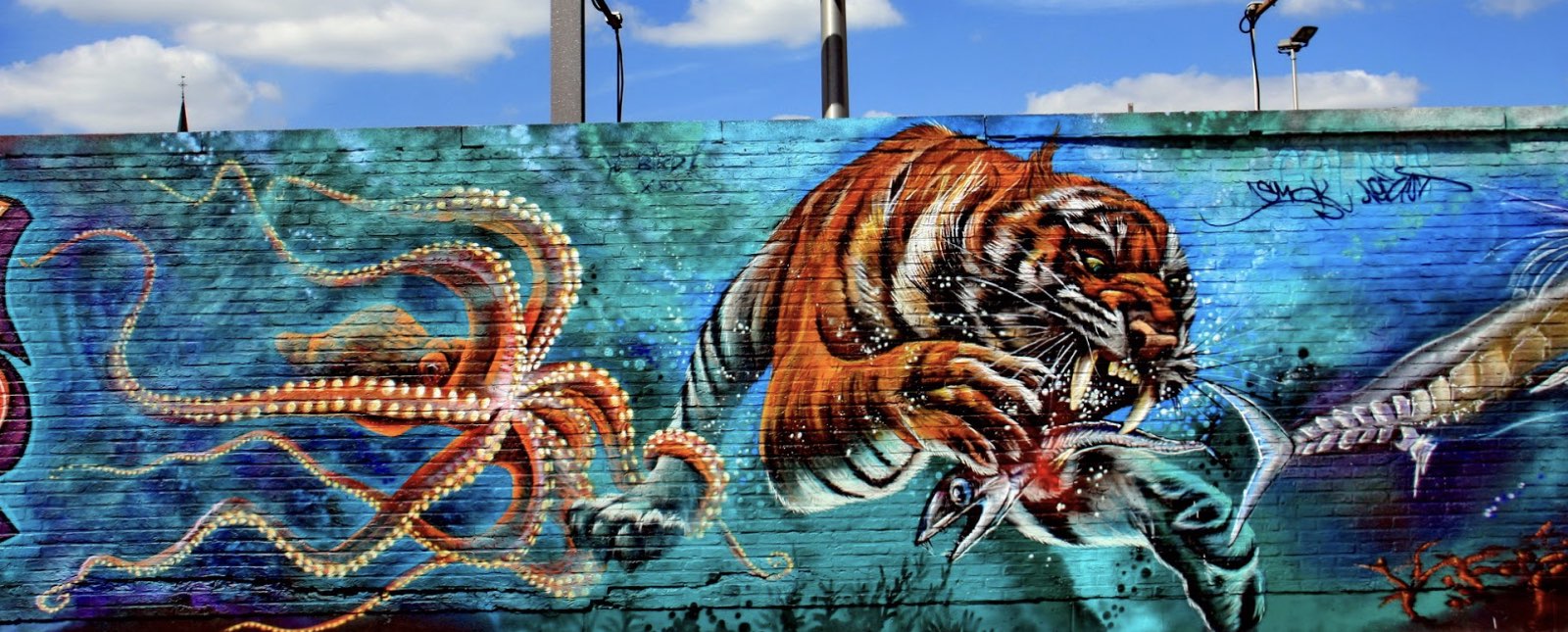UNIT 7
Page 111 Exercise 2.
What are the differences between art in a gallery and art in the street or in a park? Where do you prefer to look at art?
SOLUTION
-Public art is generally sponsored,evaluated and installed by the state representatives who administer such spaces, therefore in the history of humanity there is an intrinsic relationship between public art, politics, power, economic investment, the heroes of war and the martyrs of a Freedom instead the art in the streets is the work of art that tries to communicate through drawings on walls such as elephants, these
drawings and sculptures are from everyday life that tries to raise awareness of the world of What happens in society, community and dangers I prefer to see art in the streets.
Page 113 Exercise 3.
Why do people create public art? What do you think is the most important reason for creating it?
SOLUTION
-Through public art, people express their critical artistic emotions that are often written and drawn on the public walls of urban spaces, and that embody inscriptions or paintings of sometimes grotesque content, sometimes bordering on irony, sometimes rarely Popular ideology and social reality of the moment.
-The reason why urban artists do it is because of the emotion of doing graffiti since this is free painting, which It stands out for its illegality.
Page 114 Exercise 6.
Imagine you're a photographer. find photos that represent your country. Show them to the class, and explain what they say about country and its people?
SOLUTION
Page 119 Exercise 21.
Imagine that you want to create street art. What images will you use, and how will you use them? What message will your art have?
SOLUTION
 -I would use this image as it represents a child that is related to sadness and the main causes Of sadness in children can be many and varied, as in adults, the difference is that in many cases children do not know how to identify and manage their emotions. My message would be a reflection to help unhappy children and make them understand that this problem is a reality.
-I would use this image as it represents a child that is related to sadness and the main causes Of sadness in children can be many and varied, as in adults, the difference is that in many cases children do not know how to identify and manage their emotions. My message would be a reflection to help unhappy children and make them understand that this problem is a reality.
What places shoul never be covered with street art? Why?
SOLUTION
-Where they should not do Graffiti is in train cars and walls that are privately owned since to make graffiti on the street a special permit is needed most of the time without this type of art would be transformed into vandalism and art must being in the streets, at any level and in full view of everyone. The street needs to express itself every moment and it does, although not always in the right direction.






